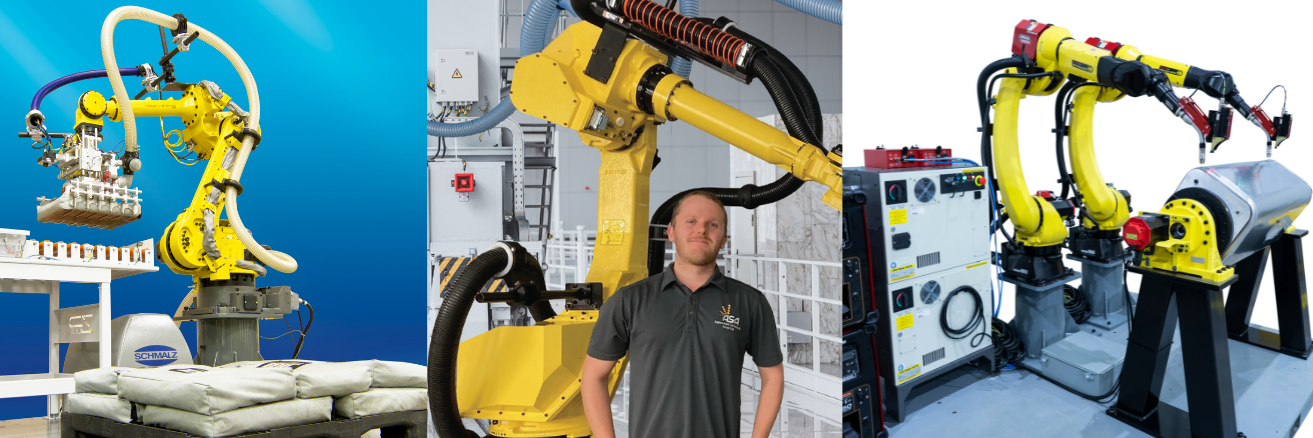In the midst of manufacturing today, robotic arms are revolutionizing the rules of production, mixing accuracy, safety, and efficiency in ways previously unimaginable. These amazing machines, commonly called robot arms, are indispensable in the global manufacturing industry driven by the urgent necessity of reducing operating costs while ensuring high standards of quality. Robotic arms are integrating into production lines to reduce costs and increase safety. We’ll look at how these revolutionary robots are changing the face of industry.

Image credit: automatedsolutions.com.au
The primary force behind the global surge in robotic arm adoption is cost efficiency. The pressure on factories to reduce manufacturing errors, material waste and workplace accidents are constant. Robotic arms have been designed to solve these issues. Robots help avoid costly mistakes and help reduce the waste of raw materials by performing repetitive tasks much more precisely than human beings. For example, in industries with high volumes such as automotive manufacturing arms execute precise welding and part positioning, ensuring flawless assembly every time. This precision results in significant savings as fewer flaws mean less rework, waste and the need to rework.
The security of robot arms is also an essential element. Human workers are in danger in the course of performing a variety of jobs in manufacturing, such as handling dangerous materials or operating machines that are heavy. By deploying robot arms, employers can keep employees out of these dangerous environments, drastically decreasing the risk of injuries sustained in the workplace. A robotic arm, constructed as a kinematic ring of flexible joints, mimics capabilities of a human arm but without the threat of physical harm. Equipped with programmable hand end effectors, these devices can do tasks that are dangerous for humans, like welding or spinning.
Robotic arms can be a game changer in a variety of industries because of their flexibility. Robot arms can adapt to various tasks, ranging from automotive assembly to electronic production. The programability of these arms allows them to execute difficult tasks such as painting or applying fiberglass at a high quality of consistency. Robotic arms have transformed the palletizing process in warehouses, automating it with speed and precision. Automation improves productivity and the reliability of robots as they work constantly without fatigue.
Cobots are the latest breed of robots that work alongside humans. Unlike traditional industrial robots confined to isolated cells, the cobots that are equipped with robotic arms are designed to allow safe, seamless interaction with humans. In a workplace the robotic arm of a cobot might handle the heavy lifting or tasks that are repetitive, leaving human workers to focus on more challenging tasks. This collaboration increases productivity as well as ensures a safe workplace since cobots may be programmed to adjust or stop their movements if someone is nearby.
Robotic arms make a huge impact on modern manufacturing, and not only in terms of safety or efficiency. Their ability to perform tasks such as welding assembly, assembly, or even handling of materials with precision is what makes them essential in high-risk industries. A robotic arm, for example, can be utilized to rotate and place components during assembly in automotive industry, ensuring that they are perfectly aligned with no human intervention. Robot arms are also used in electronics to manage fragile components. This prevents damage and improves the quality of output.
As industries continue to develop, the role of robotic arms will continue to grow. They are a cornerstone for manufacturing’s future due to their capacity to cut costs, increase security and adapt to various tasks. With cutting-edge technology coupled with human creativity robotic arms aren’t simply tools. They’re part of progress, driving innovation and revolutionizing the way we create the world around us.
